Students can boost their critical reasoning for CLAT 2025 with expert tips and strategies. Learn how to analyze arguments, identify assumptions, and improve logical thinking with proven techniques.
Table of Contents
Critical Reasoning for CLAT 2025 requires a deep understanding of logical arguments and the ability to evaluate information. To excel in this section, candidates need a solid preparation strategy that includes practicing CLAT mock tests, analyzing various types of arguments, and familiarizing themselves with common logical fallacies.
Start by breaking down complex arguments into premises and conclusions, and focus on improving skills like assumption identification and conclusion inference. Additionally, time management plays a crucial role, so regular practice under timed conditions is essential to crack the CLAT 2025. This article covers all the effective preparation strategies and essential tips to improve the critical reasoning for CLAT 2025.
Critical Reasoning for CLAT 2025: Overview
As applicants prepare for the CLAT, they must understand the key components in order to score well. CLAT 2025 Logical Reasoning carries a 20% weightage in the UG question paper and aims to assess candidates' comprehension and reasoning ability.
Critical Reasoning for CLAT 2025 is defined as the capacity to properly assess arguments in order to establish their validity. It is an essential skill for comprehending and resolving complicated problems provided in the exam.
By understanding critical reasoning, CLAT candidates may analyze multiple points of view, discover logical faults, and make educated conclusions. Understanding critical reasoning consists of three fundamental components:
- Argument- Logical reasoning that includes premises and a conclusion. An argument aims to persuade or convince.
- Conclusion- The premises serve as the foundation for the argument's primary claim or conclusion.
- Premises are statements that provide explanations or evidence to back up a conclusion.
Check out the CLAT Logical Reasoning pattern highlights below:
| Particulars | CLAT Critical Reasoning Highlights |
| Type of questions | Passage-based MCQs |
| Number of reading passages | 4-6 comprehension passages of 300 words each |
| Total Questions | 28-32 |
| Total marks | 28-32 |
| Negative marking | -0.25 for incorrect answer |
| Approximate weightage in CLAT exam | 20% |
Also Read: How To Balance Daily Routine For CLAT 2025 Preparation?
Critical Reasoning for CLAT 2025: Question Types
The CLAT test will include between 28 and 32 Logical Reasoning questions. Brief 300-word reading portions will precede the questions. Candidates must read the assigned passages and then respond to the objective-type questions.
The types of critical reasoning for CLAT 2025 questions have been given in the table below.
| Question Type | Description |
| Structure of the Argument | Analyze the logical structure of the argument. |
| Supply the Conclusion | Provide the appropriate conclusion based on the given information. |
| Evaluate the Conclusion | Assess the validity or soundness of the given conclusion. |
| Strengthen the Argument | Find evidence or reasoning that strengthens the argument. |
| Weaken the Argument | Identify information that weakens the given argument. |
| Supply the Assumption | Determine the underlying assumption required for the argument to hold true. |
| Paradox Questions | Address questions that present seemingly contradictory or conflicting information. |
| The flaw in the Argument | Identify the error or weakness in the given argument. |
Also Read: How to Attempt Legal Reasoning Questions in CLAT 2025?
Critical Reasoning for CLAT 2025: Important Topics
The following table contains the important topics for critical reasoning for CLAT 2025 that students must focus on while preparing for the exam.
| Important Topics for CLAT Logical Reasoning | |
| Arrangements | Syllogisms |
| Blood Relations | Number Series |
| Statements and Assumptions | Logical Sequences |
| Seating Arrangement/Puzzle Test | Arguments & Conclusions |
| Assertions and Reasoning | Puzzles |
| Circular Arrangements | Direct sense |
| Coding Decoding | Analogies |
| Clocks and calendars | Connectives |
Also Read: Important Topics to Study from CLAT Syllabus 2025
Critical Reasoning for CLAT 2025: Preparation Strategy
A few preparation strategies have been mentioned below to help you prepare the critical reasoning for CLAT 2025 exam.
1. Understand the Basics- Start by learning fundamental concepts of critical reasoning like assumptions, conclusions, and inferences. This will help in building a strong foundation for complex reasoning questions.
2. Practice Daily- Solve 10-15 critical reasoning questions every day from various sources such as books and mock tests. This helps in enhancing speed and accuracy in solving reasoning questions.
3. Analyze Mistakes- Review incorrect answers to understand where you went wrong. It prevents repeating mistakes and sharpens logical thinking.
4. Read Editorials and Opinion Pieces- Regularly read newspapers like The Hindu and Indian Express to understand different perspectives, and improve comprehension and ability to identify arguments and their structures.
5. Attempt Mock Tests- Take full-length mock tests and section-wise tests focusing on critical reasoning. This will help you familiarize yourself with the exam pattern and help in time management during the actual exam.
6. Target Weak Areas- Identify specific areas like inference-based or assumption-based questions and focus on them.
7. Work on Time Management- Use timers while solving questions to improve the speed of answering without compromising accuracy. This will ensure that you can complete the section within the allotted time during the exam.
8. Regular Revision- Revisit key concepts, strategies, and mistakes made during practice regularly to retain information.
Also Read: How to Prepare for CLAT without Coaching?
Critical Reasoning for CLAT 2025: Tips and Tricks
Students can follow these tips and tricks to score better marks in the critical reasoning for CLAT 2025 exam.
1. Identify Keywords- Pay attention to words like “therefore,” “because,” “hence,” etc., which indicate conclusions or premises. This will help you quickly spot the structure of the argument.
2. Focus on the Conclusion- Always identify the conclusion of the argument first, as most questions revolve around it.
3. Eliminate Wrong Options- Use the process of elimination to discard clearly irrelevant or contradictory answer choices. This increases the chances of selecting the correct answer by narrowing down the options.
4. Don’t Assume Extra Information- Stick to the information provided in the passage. Don't rely on external knowledge or assumptions.
5. Paraphrase Complex Statements- Reword difficult arguments in simpler language to better understand the core idea.
6. Read the Question First- Before reading the passage, read the question to understand what is being asked, so you can focus on relevant details. This will save you time by allowing you to focus on the specific information needed to answer the question.
7. Focus on Logical Flow- Pay attention to the flow of the argument, that is, how premises lead to the conclusion. Identify the assumptions, strengths, or weaknesses of the arguments, and spot logical flaws.
Read More: CLAT Previous Years Question Papers






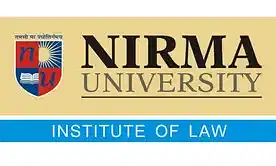









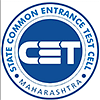





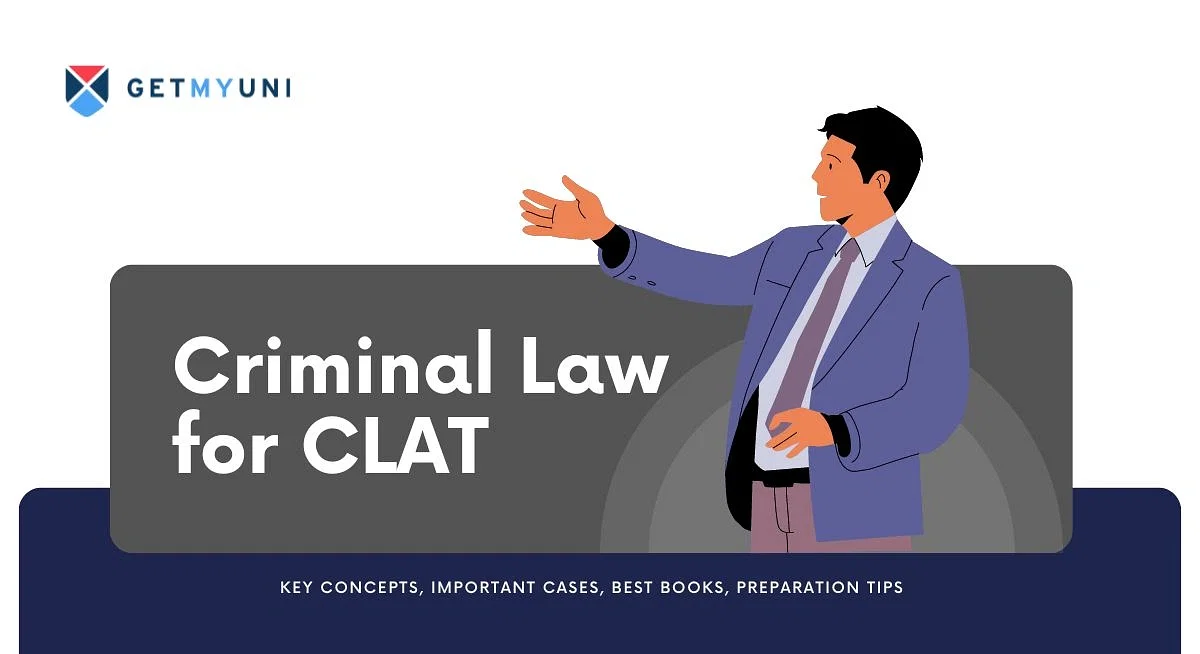







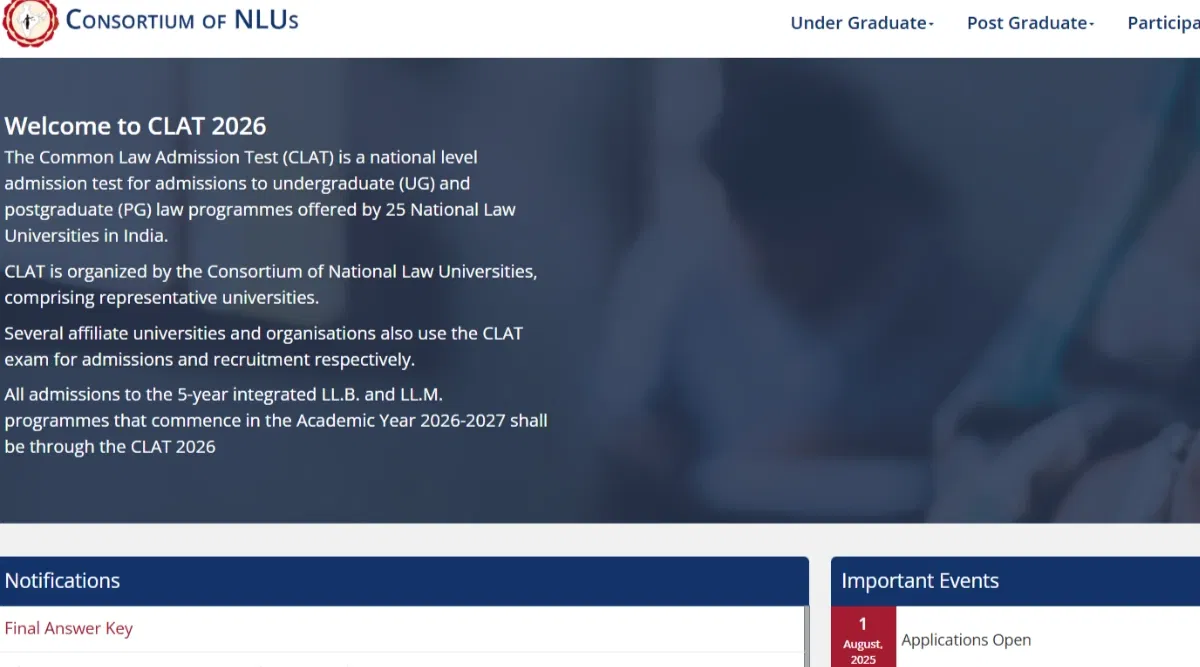

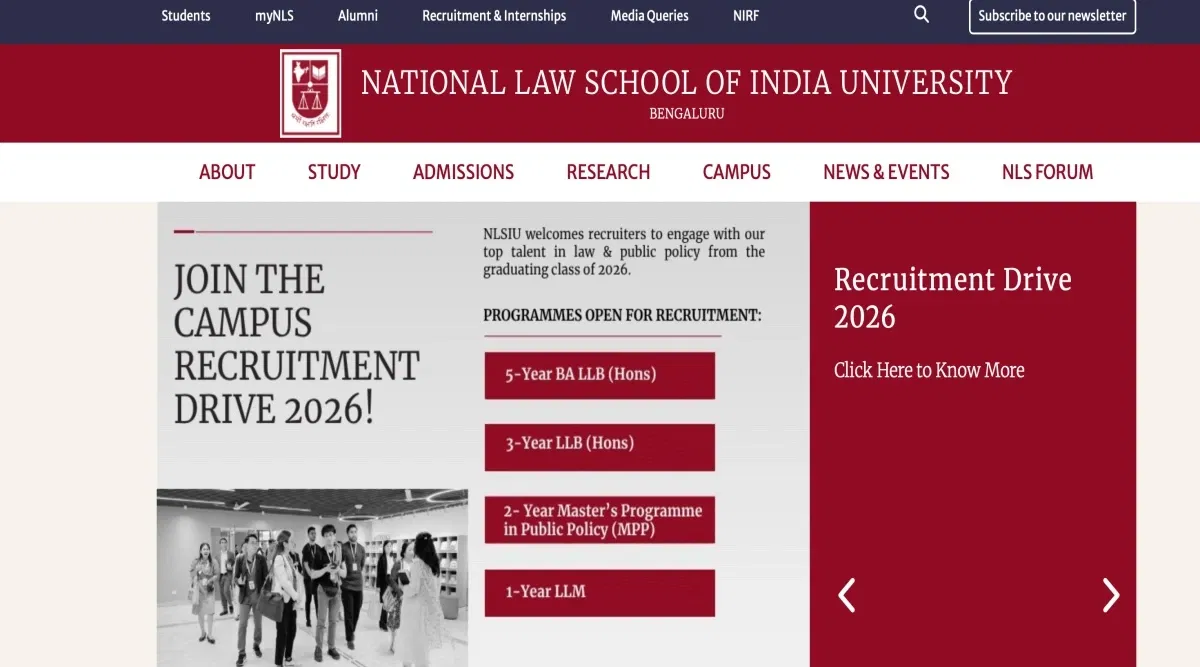
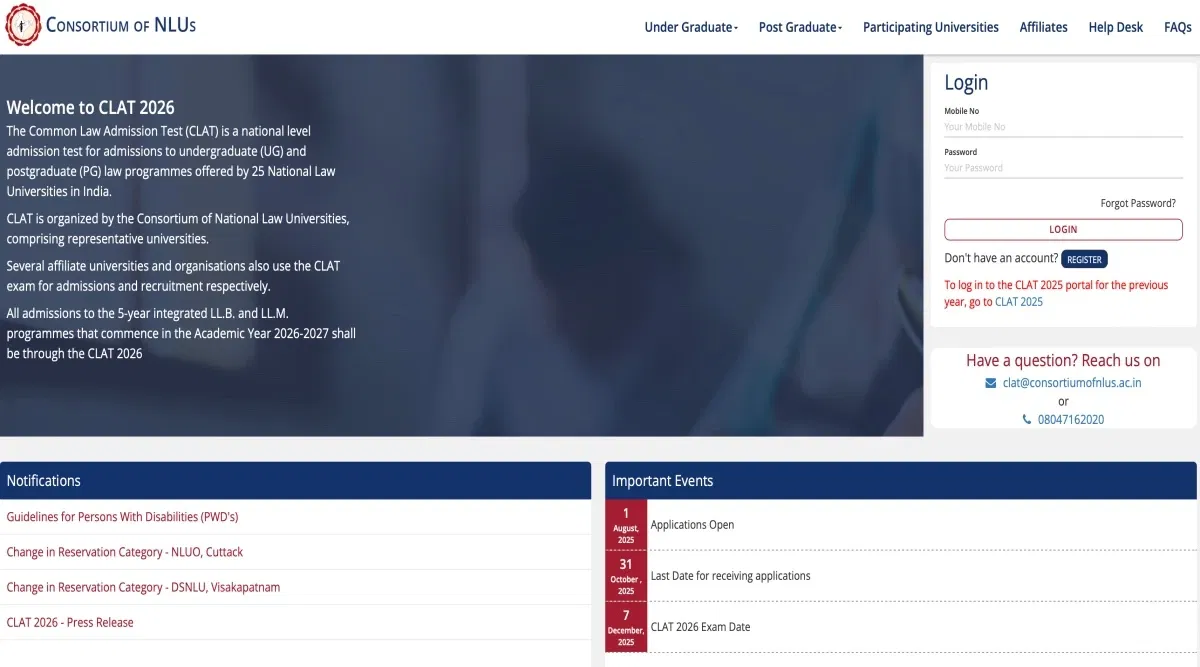





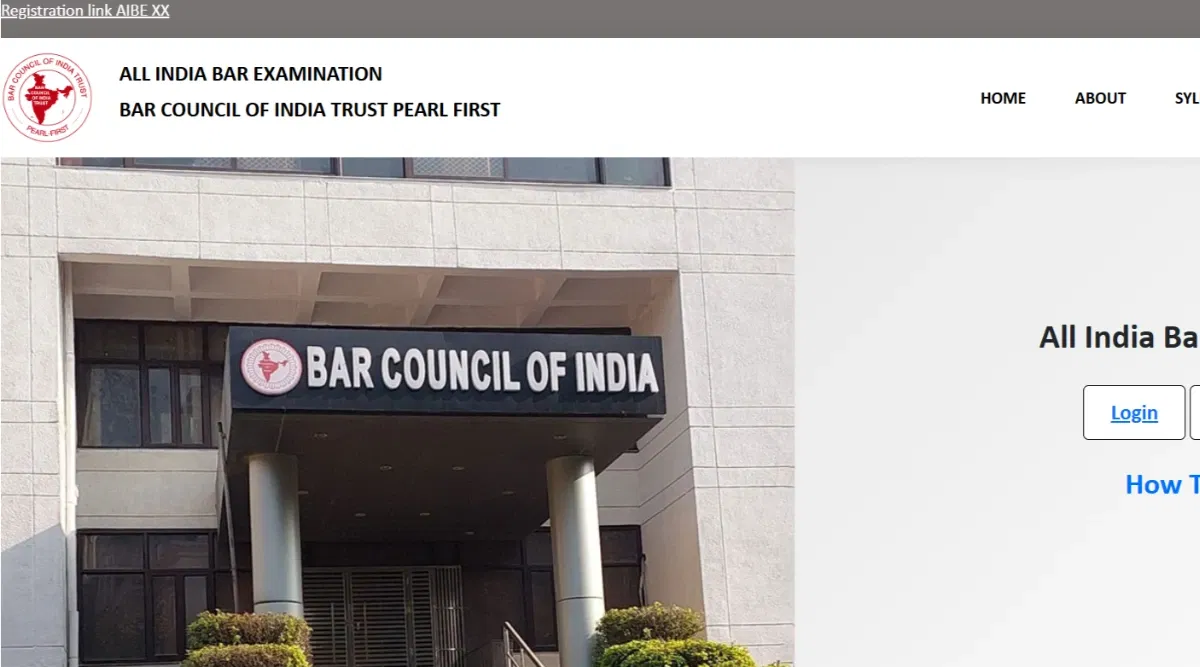

POST YOUR COMMENT